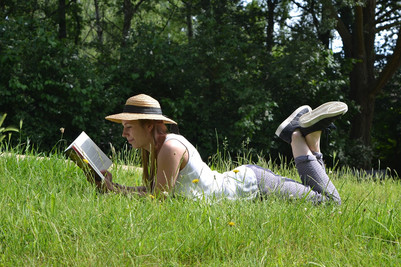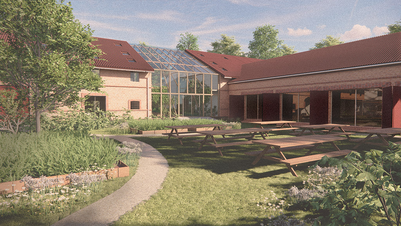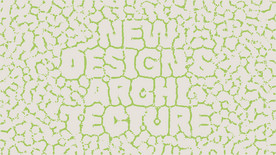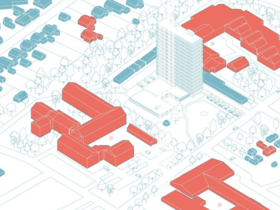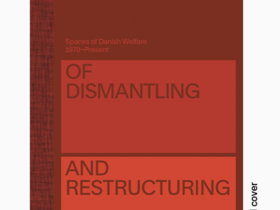
Conference Abstract | Nikola Gjorgjievski
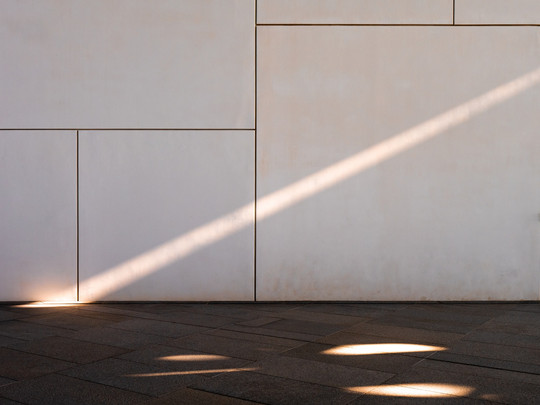
The Digital Space of Welfare Utopia
The welfare space in the physical realm has been weakened and diffused due to the everincreasing digital pressure to create virtual access to most welfare services and institutions. Morphological transformations caused by decay, neglection, and decreased capacity in the ‘visible-welfare-space’ are consequences of, as Andrea Branzi puts it, a de facto invisible metropolis that inhabits the physical reality of the city of the 20th century. Nowadays, welfare services no longer correspond to certain spatial features or a building typology. They happen in the ‘spacelessness’ of the virtual. Functionalism has changed; thus, the welfare institution has changed. It can no longer have only one function but must have as many functions as the user needs, and no architectural typology can cater to these requirements better than virtual space. A plastic example is the change of the marketplace, once the center of daily life, no longer requires the physical space of the market for services to happen. Products are bought via screens, in the non-existent communal space, and then delivered to our homes. Welfare amenities employ a similar logic in modern society. They have changed the daily habits of people and have, therefore, transformed the architectural space of welfare. 21st century welfare is a new cognitive institution: a digital space of telemedicine, online schools, and product delivery. This research paper proposes to investigate how specific spatial welfare typologies from the past have been affected by the wave of digitalization, and to provide a clear theoretical framework that explores the relationship between users, habits, services, and help. In other words, how the life of the digital today, with technology at disposal, has transformed spaces of welfare from spatial necessities to virtual realities.
Nikola Gjorgjievski works as a Research Assistant at the Aarhus School of Architecture in Denmark, at the laboratory for Territories, Architecture and Transformation, and in the teaching department for Radical Sustainable Architecture. He previously worked as an associate architect at the UNDP’s Climate Change department in North Macedonia, as a research assistant at AHO – The Oslo School of Architecture and Design, and as an external associate and teaching assistant at the Faculty of Architecture in Skopje. He holds a Master’s degree in Landscape Architecture (Oslo, 2018) and a Master’s degree in Architecture (Skopje, 2015).




